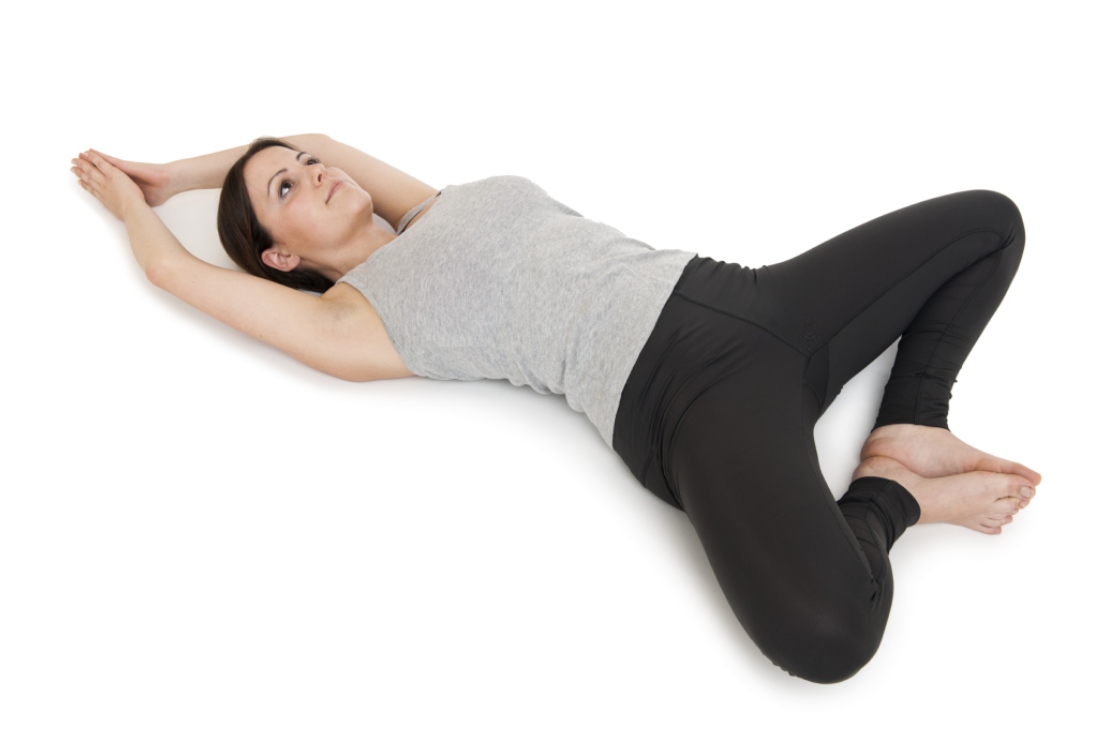What Most People Miss When Doing a Tick Check
As tick populations grow (thanks, climate change) and tickborne diseases like Lyme become more widespread, tick checks have become routine for a lot of us. But do you really know what it means to “check yourself for ticks”? Chances...

As tick populations grow (thanks, climate change) and tickborne diseases like Lyme become more widespread, tick checks have become routine for a lot of us. But do you really know what it means to “check yourself for ticks”? Chances are, you’re missing some important parts of the process.
Know when a tick check is necessary
Are there ticks in your area? Even if they haven’t been on your radar, check these U.S. tick maps from the CDC to get a sense of whether they’re in your area and which species of ticks to look out for. Dog ticks are found everywhere; several species are only found in the eastern half of the country, and then there are the Rocky Mountain ticks and the western blacklegged ticks out west.
Ticks live in grassy, brushy, and wooded areas, the CDC notes. Growing up in Pennsylvania, we always thought of the woods and farm fields as the places you pick up ticks. But years later, I now know there are ticks in my own backyard, as well as parks and other areas that don’t fit the stereotype I had in my head.
I’ll do a tick check whenever I’ve spent time near tall grass, leaf litter, woods, or brush—which includes pretty much anywhere I go in the summer. Don’t forget to check your kids for ticks, too.
Don’t skip the shower
Sorry to the morning shower folks: If you’ve been outdoors, you probably want to take a shower before hitting the sack. The CDC points out that taking a shower within two hours after you get home from an outdoor outing can reduce your chances of getting Lyme disease.
Ticks crawl around for a few hours before they find a place to attach, so there’s a good chance that un-attached ticks will wash off during the shower whether you see them or not. As a bonus, you also have several hours to wash off the oils from poison ivy before it begins to trigger a rash. A shower is always on my to-do list after coming home from a trail run.
The other benefit of taking a shower after you get home is that it gives you a chance to get naked—and that’s when the real tick check begins.
Use a mirror or a partner to check the most-missed areas
The first place I always check is my lower legs. Ticks need to stay close to the ground while they’re waiting for a person to walk by, so you won’t find them climbing trees and dropping down from above—that’s a myth. They chill on the ground, then climb a stalk of grass, then if they haven’t found a victim they will return to the ground to rehydrate for a bit.
That means they’ll usually contact your lower legs first, so if you just got back from your hike, check your ankles, shins, and knees first.
But over the course of the next few hours, they’ll climb upwards. It’s not uncommon to find ticks on your upper body or even in your hair. So check these harder-to-see spots, which I’ll list from bottom to top:
The backs of your kneesBetween your legs (use a mirror...sorry)Inside your belly buttonIn your armpitsBehind your earsIn your hairA mirror or a partner can help you to see those out-of-the-way places. If you have kids, check them over while you help them get ready for a shower or when you do a diaper change.
Know what you’re looking for
Look up the species of ticks that live in your area, and make sure you know how big they are and what they look like. Ticks grow as they go through their life cycle, with the smallest being about the size of a poppyseed. Adult ticks can be anywhere from the size of a sesame seed to a corn kernel, depending on what species they are and whether they have fed.
Before ticks attach, they crawl around, and you might mistake them for other kinds of bugs (and vice versa). There are lots of little bugs you can pick up from outside that aren’t ticks. If you want to take an educated guess at whether the little guy you found is a tick, check the number of legs. Ticks are arachnids, so they have eight legs.
You may find an attached tick during your check—or, if you’re unlucky, sometime the next day after you should have done your check. An attached tick doesn’t hurt. You might just notice a little scab or mole where there wasn’t one before, and when you take a closer look at it, it’s got legs. Ew. Go get the tick tweezers or your handy-dandy tick removal device. (I’m partial to the TickKey.)
Once a tick is done feeding, it will drop off. If you have a pet dog and don’t keep up with their flea and tick medication, you may occasionally find what looks like a gray or green corn kernel in the dog bed. That’s what this is. A tick that is not attached to you isn’t usually a health risk if you find it in your house; chances are, it will dry out and die. But just to be safe, you can launder any clothes or bedding in hot water and/or put them in the dryer on high. Next time, keep your pet up to date on tick control medication, and do those tick checks on everybody when you get home.

 FrankLin
FrankLin 































